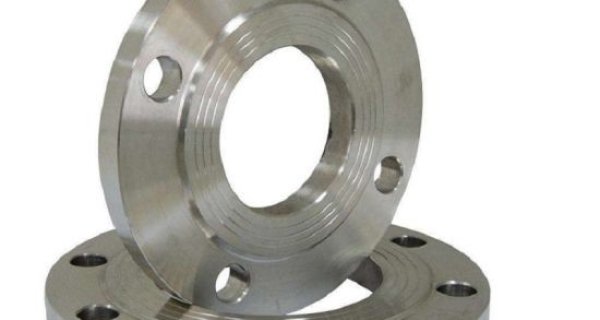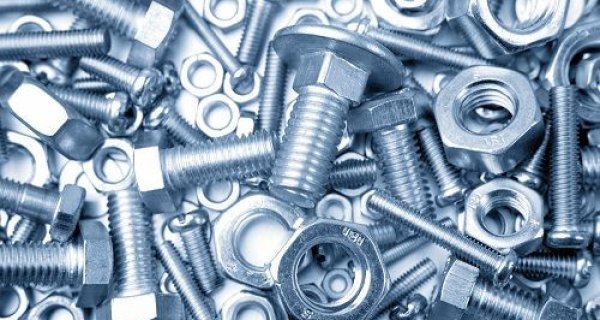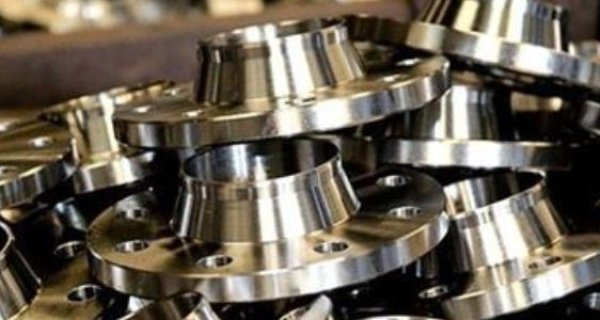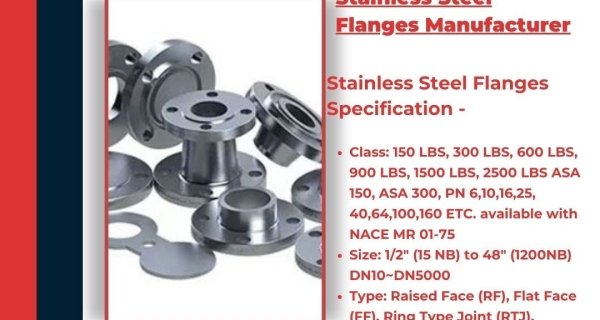An Overview of Water Pressure Regulator
Water pressure regulators (sometimes called pressure reducing valves or PRV) is a specialized plumbing valves that reduce water pressure from the main water line into your home’s line.
نشر منذ 6 سنوات في الصحف, محدث منذ 6 سنوات.
An Overview of Water Pressure Regulator
What is a Water Pressure Regulator?
Water pressure regulators (sometimes called pressure reducing valves or PRV) is a specialized plumbing valves that reduce water pressure from the main water line into your home’s line.
The water pressure regulator is designed as a valve that reduces the pressure of water to a level safe for plumbing fixtures in a home. As, the name suggest this valve slow down the pressure to a minimum level before the water reaches any plumbing fixtures inside the home. Excess pressure may cause major problems to most household plumbing fixtures which can eventually cost money. A regulator lets you control the water pressure entering your home via an adjustable spring-loaded diaphragm.
PRV’s is not necessary to be installed for every plumbing fixtures. This Valves can be installed in situations where water pressure is irregular or where the water supply coming through the main line at home is at a very high pressure.
Where is the water pressure regulator located?
The pressure regulator is generally located at a point where the local water line connects to your home, just after your home’s main shutoff point.
Specifications and Dimensions of Pressure Relief Valves
Benefits of Using a Water Pressure Regulator
Having a water pressure regulator is essential to maximize the efficiency of your plumbing system which saves you money in preserving a valuable resource.
1. Saves Water
As the flow coming from the main water to your house can be at very high pressure, which can somehow lead to leaks, bursts or even cracks to the pipes. With the use of a water pressure regulator or PRV’s, you can save water in your home without changing any habits. If the water pressure level coming into your home from the city exceeds 80 psi, you need a water pressure regulator. Reducing the system pressure can save thousands of gallons of water a year at your home.
2. Saves Money
By investing in a water pressure regulator, you will save your precious time as well as money. Of course, the installation of this valve might seem to you like an expense, but it’s will quickly pay off. Your water bill will significantly reduce and you can even see a decrease in your energy usage, with fewer repairs on your appliances, too.
3. Better for Fixtures and Appliances
If water is rushing through pipes and to your fixtures with too much pressure, you'll likely notice cracks which can further leads to leakages or bursts which can lead to extra expense for you. High water pressure puts a damage on every part of the appliance that delivers water, for e.g. Washing Machines, water heater are not minor investments but when water rushes through them at very high pressure there are chances where this appliance may cause stress which can lead to damage to the appliances. Water Pressure Regulator helps protect those appliances which extends their lifespan. The steady, regulated stream of water, will prolong the life of your appliances and allow them to work at their best.
4. Reduces Risk of Leaks
Unnecessary high pressure is not suitable for your pipes; the heavy flow can cause hairline cracks and leaks, eventually leading to a big pipe blow out. Water leaks will do extreme damage to your home, often requiring major construction restoration to damaged floors, cabinets, drywall, and surrounding areas - not to mention mold. To reduce your chance of having a major plumbing disaster you’ll want to get your water pressure regulated fast.
How a Water Pressure Regulator Works
A water pressure regulator is a valve fitting that is generally found near the main shutoff valve, where the main water line enters the house. WPR has an adjustment cock on top which is used for shut on-shutoff. A water pressure regulator has an adjustable spring-loaded diaphragm that automatically widens and narrows depending on the amount of water pressure entering the valve.
When the water enters the regulator at high pressure, the inner mechanism constricts the diaphragm to narrow the flow of water. This reduces the pressure which restricts the stress on pipes and fixtures installed past the valve. Conversely, when the incoming water pressure drops, the diagram opens wider to allow more water to flow through the valve. An adjustment screw (cock) on the top of the regulator can be tightened to increase the tension on the inner spring or loosened to allow water to flow more freely through the valve. When the system is protected by a water pressure regulator, there is less stress on the inner valves of appliances, faucets and shutoff valves will be less likely to leak, and fluctuations in water pressure are evened out.
Installation of a Water Pressure Regulator
Water pressure regulator needs to be installed immediately when you experience a high pressure of water flow, as this valve can help you to protect all pipes that is in your house.
Instead of using an existing water pressure regulator, it is easy to replace it with the same brand or model when there is a problem of leakages or damages. A new water pressure regulator from the same brand or model should fit exactly as the old one did. Replacing existing valves with new one is necessary for future purposes.
After installation, test the water pressure, and adjust the regulator, if necessary. To adjust, loosen the locknut on the adjustment screw, then turn the screw up or down until the water pressure is at the desired level, as measured by a pressure gauge attached to a threaded hose bib somewhere in the home.
Applications of a Water Pressure Regulator
· Swimming Pools, Sports grounds, Hospitals etc.
· Aircraft and aerospace
· Mining Industries
· Homes and Buildings
· Air Compressor
More Resources:
· Air Release Valves and its Installation
· Different Types of Valves used in Industries
· An Overview of Pressure Relief Valves
· Specifications and Dimensions of Orifice Valves







